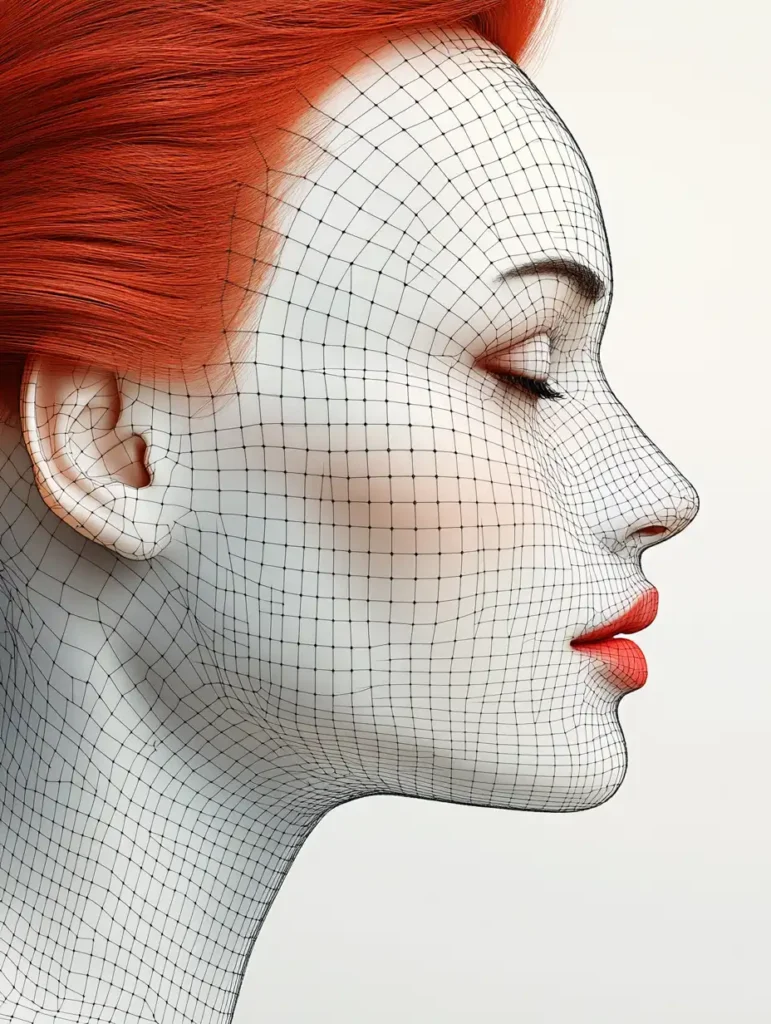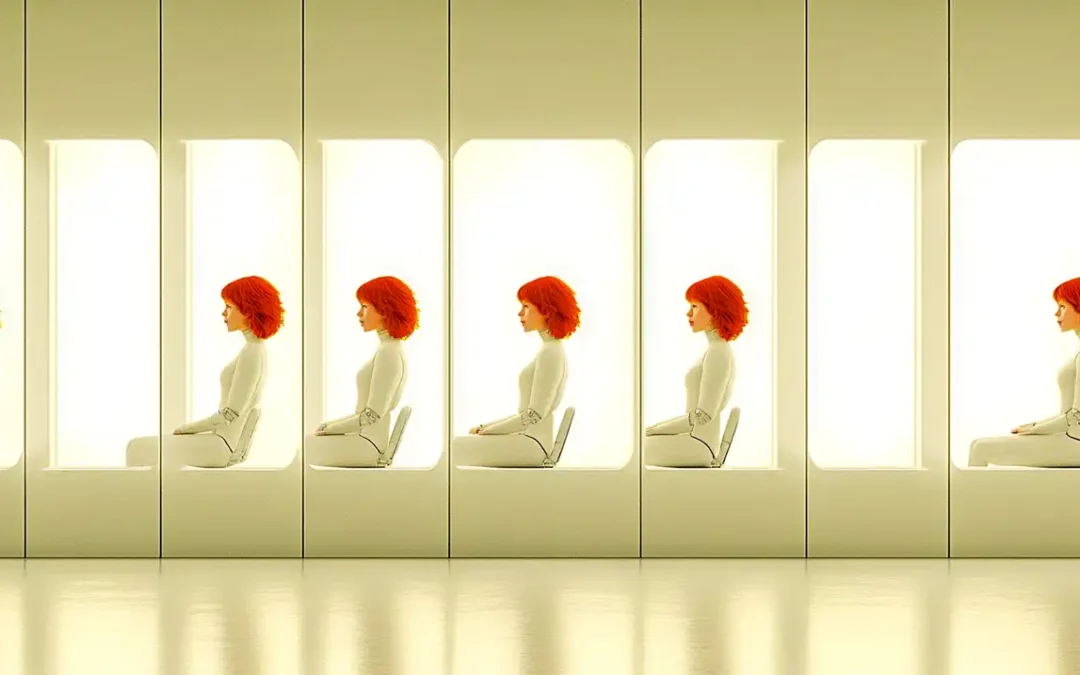In the fast-moving world of artificial intelligence and automation, it’s easy to blur the line between robots and androids. Investors, technologists, and even sci-fi fans often use the terms interchangeably—but they’re not the same. And if you’re investing in this space, knowing the difference matters.
Robots are machines designed to perform tasks. They can be industrial arms on an assembly line, autonomous drones, or warehouse runners. They don’t need to look human. In fact, most don’t. Their power lies in precision, speed, and function—not form.
Androids, on the other hand, are a specific kind of robot. Built to resemble humans in appearance and behavior, androids are designed for social interaction. Think realistic facial expressions, synthetic skin, and conversational AI. They’re not just machines—they’re avatars of artificial life.
As AI advances, so does the overlap. Today’s robots are getting smarter. Androids are getting eerily lifelike. The gap between the mechanical and the human is shrinking—and with it, whole new markets are opening up in health care, customer service, personal assistance, and beyond.
Artificial intelligence is the brain behind both robots and androids—but how that brain functions can differ dramatically.
Robots typically rely on narrow AI, designed to perform specific tasks with speed and accuracy. Think of an Amazon warehouse robot navigating aisles or a robotic arm welding car parts—these machines don’t need to “think,” they just need to execute.
Androids, on the other hand, are built to simulate human behavior. They lean on conversational, adaptive, and even emotional AI to interact with people in natural, believable ways. Consider Sophia the android—with facial recognition, voice interaction, and personality modeling, she’s more than a machine. She’s designed to engage.
As AI systems evolve, robots and androids alike are becoming more intelligent—but it’s the androids that aim to connect with us. And in a world where machines are learning to speak, smile, and empathize, the investment potential is just as human as it is technological.


Design isn’t just aesthetic—it shapes how we trust, interact with, and judge machines. A robot that looks like a boxy utility tool doesn’t trigger the same emotions as an android that smiles and makes eye contact. As AI evolves, especially in roles that involve caregiving, companionship, or authority, these differences matter more than ever.
Androids challenge us to consider ethics and empathy in a way robots never did. Should a lifelike machine have rights? Can it feel? Should it pretend to?
Understanding the line between robots and androids isn’t just semantic—it’s the foundation for discussing human-robot relationships, the future of labor, and what we want our technologies to reflect about ourselves.
All androids are robots—but not all robots are androids.
That distinction is more than technical—it’s cultural, emotional, and deeply human. As artificial intelligence becomes embedded in more aspects of daily life, our expectations shift. We’re no longer just building machines to serve us; we’re crafting entities that can engage with us, mimic us, and maybe even challenge us.
In the age of AI, the real story isn’t just mechanical—it’s about us. It’s about the lines we draw between tool and companion, function and feeling, automation and identity.
Understanding that line is the first step toward investing in a future shaped not just by machines, but by the relationships we form with them.
Robots. Androids. Know the difference. Invest with vision.
